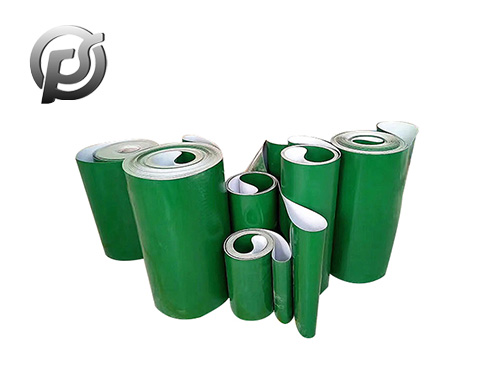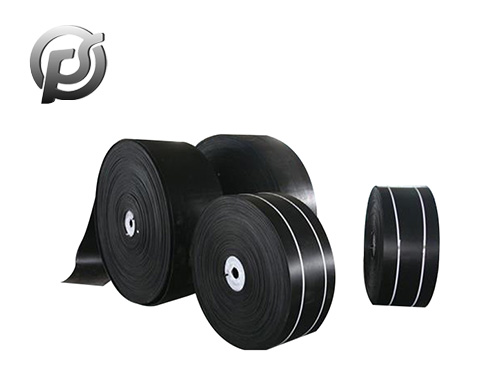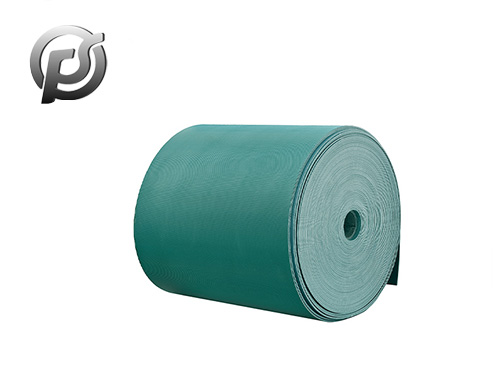The
belt conveyor is widely used in enterprises, especially in the building materials industry, the belt conveyor is an indispensable main conveying equipment. Therefore, the running rate of the belt conveyor is directly related to the production of the whole enterprise, but also related to the economic benefits of the enterprise, and the conveyor belt is the main part of the belt, how to reduce the conveyor belt wear, extend the service life of the conveyor belt, has become the key problem.
Belt conveyor in conveying materials, especially when conveying large bulk materials and large humidity materials, often appear chute blockage phenomenon, once the chute blockage situation, the material will be filled with hopper in a very short time, so that the friction between the material and the conveyor belt, causing serious wear and tear to the conveyor belt, causing losses to enterprises.
In actual production, it is believed that the following solutions can effectively improve the service life of conveyor belt:
(1) The belt conveyor cut the back baffle of the hopper and add a auxiliary chute, so that the distance between the back baffle of the hopper and the transmission drum is greater than the maximum particle size of the material delivered (generally 1.5 times the maximum particle size of the material can be).
(2) In order to make the belt conveyor in the chute blockage can stop in time, in the auxiliary chute plus a grid (made of a grid is to prevent the effect of dust accumulation), the flip and a lever connected to the other end of the lever plus a group of weight can adjust the weight of the stud block, the weight of the weight slightly heavier than the weight of the flip (according to the specific situation to master), The counterweight block end is connected to a control switch (the type and model of the switch is selected according to the specific circumstances) so that the switch is connected to the stop control line of the belt conveyor.
When the material accumulation is blocked in the chute of the belt conveyor, the material will fall into the auxiliary chute from the top of the back baffle of the hopper under the action of the transmission drum, thus pressing the mesh flip plate. Through the action of the lever, the end of the seeding block will trigger the switch, which will quickly stop the belt conveyor. to reduce the friction between the conveyor belt and the material, to avoid excessive wear or tear of the conveyor belt.
 Optimizing Operations with PE Conveyor Belts: Durability, Efficiency, and Versatility
Optimizing Operations with PE Conveyor Belts: Durability, Efficiency, and Versatility
 Exploring the Efficiency and Versatility of Light Conveyor Belts
Exploring the Efficiency and Versatility of Light Conveyor Belts
 Polyester Conveyor Belts: Enhancing Efficiency and Reliability in Material Handling
Polyester Conveyor Belts: Enhancing Efficiency and Reliability in Material Handling